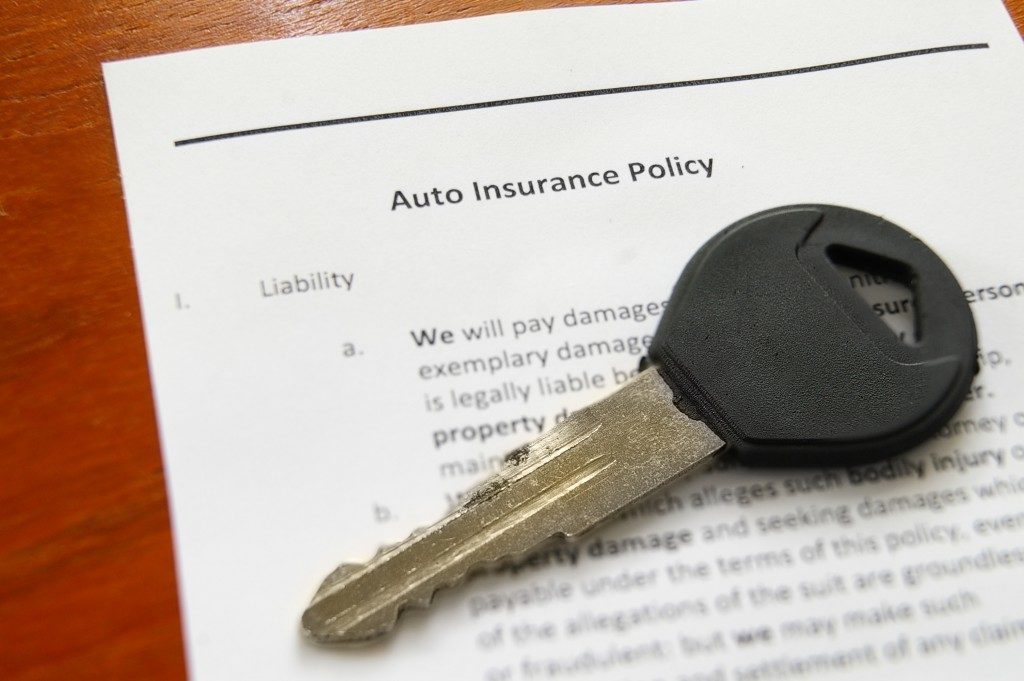At a young age, you are already taught by your parents about the importance of being careful. You carry this teaching to adulthood, as you go about your daily life being wary of your surroundings. It should be noted, however, that there are many outside forces that are out of your control.
Some of these forces may unintentionally lead to good fortune, but more often than not, they do not. The result is likely an accident, which varies in gravity, notwithstanding the caution you take in order to remain safe.
Vigilance in the form of prior arrangements being made will be extremely beneficial. Any scenario, from a car accident to an accidental home fire, can be covered by insurance.
However, considering the inefficiency of the system, and how muddled regulations can be at times, it is plausible for your insurance to fail you at the most critical of moments. Should this occur, you can rely on the fact that there is an auto accident lawyer in Salt Lake City capable of handling any circumstances imaginable.
But going back to the topic of insurance, how can you rest assured that your car insurance will cover the cost should something appalling transpire? Well, one good way to have peace of mind is to know the basic elements that make up auto insurance.
Collision Coverage
Its name explains it all. Collision coverage will help pay for the cost of repair of any damages that result from hitting another car or other inanimate objects, such as telephone poles and fences. While most owners are not required by the law to have this coverage, your bank may require this if you have signed up for an auto loan.
Comprehensive Coverage
In the event that your car gets stolen, or damaged in ways that do not involve another vehicle, comprehensive coverage may help pay for the costs post-accident. Risks that are covered include, but are not limited to, theft, flood, earthquake, fire, and hail. Similar to the collision coverage, comprehensive coverage is optional by law but may be required by a bank if you have an auto loan.
Liability Coverage
A legal requirement in most states to drive a car, the liability coverage can be broken down into two: bodily injury liability and property damage liability. Bodily injury liability will cover the costs related to injury after an accident. The property damage liability, on the other hand, will help pay for the damages to property incurred.
Medical Coverage

Otherwise known as Personal Injury Protection, your PIP may help cover medical costs following the accident, as well as any loss of income you could experience post-accident. It is possible for this coverage to pay for funeral costs, too.
Uninsured and Underinsured Motorist Coverage
Should a person collide with an individual with inadequate auto insurance, Uninsured and Underinsured Motorist Coverage (UM/UIM) may help cover medical expenses and other costs. This insurance component is mandatory depending on state laws, but most people choose comprehensive and collision coverages over this one.
Understanding the different components of auto insurance ensures that vehicle owners have a form of basic knowledge on the instances where insurance will and will not cover the costs.

